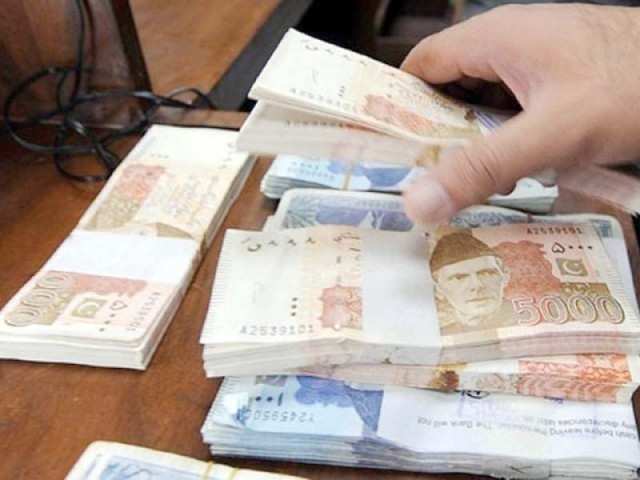Rupee worst-performing currency
Loses crown of best-performing currency in world in just one month

The continuously weakening Pakistani currency, which is at a distance of just Rs1.03 from the all-time low hit in late July, became the worst-performing currency in emerging markets in September compared to the title of best-performing currency just one month ago in August.
The domestic currency maintained its free fall for the 13th successive working day on Tuesday. It fell 0.42% (or Re1) to close at a new six-week low at Rs238.91 against the US dollar in the inter-bank market compared to Rs237.91 on Monday.
The currency has cumulatively dropped 11.32% (or Rs24.31) in the past 13 working days. It is just Rs1.03 away from the record low of Rs239.94 hit on July 28, 2022.
“Pakistan has the worst-performing currency in emerging markets so far (down 6.34%) in September. Why? GCC (Gulf Cooperation Council) money yet to arrive, no timeline for arrival,” Bloomberg Chief Emerging Markets Economist Ziad Daoud said on his Twitter handle.
“Pakistan had the best-performing currency in emerging markets (up 8.18%) in August. Why? The IMF approved a $1.1 billion loan,” he said.
In recent weeks, friendly Gulf countries including Saudi Arabia, the United Arab Emirates (UAE) and Qatar have pledged to invest a total of $6.2 billion in Pakistan over a period of 12 months. Islamabad, however, has not yet given a concrete roadmap for inflow of the investment.
In the meantime, Saudi Arabia has rolled over deposits worth $3 billion in the State Bank of Pakistan (SBP) for one year. This is separate from the $6.2 billion investment pledged by the GCC economies.
The kingdom has yet to announce a plan as to how and when it will supply oil on deferred payments worth $1.2 billion over a period of 12 months, which is part of the GCC investment programme.
Pak-Kuwait Investment Company Head of Research Samiullah Tariq said the rupee had continued to slump in the backdrop of higher demand for dollar to pay for elevated imports. The flood-stricken economy of Pakistan requires an increase in imports of agricultural goods to overcome the cotton and wheat shortfall.
As a result, Pakistan’s current account deficit is expected to stay high in the range of $1.25 to $1.5 billion in August 2022 compared to $1.2 billion in July.
Arrival of flood-related funds pledged by countries around the world will improve dollar supply in the country and provide critical support to the rupee in the coming days.
“The rupee may test an all-time low at Rs240 to a dollar and stabilise around that level under the current cycle of downturn,” Tariq said.
Ministry of Finance’s former adviser Dr Khaqan Najeeb said in a short message that the dollar had continued to strengthen ahead of the most likely hike of 0.75% in interest rate by the US central bank – the Federal Reserve. Dollar’s strengthening against currencies around the world will continue to put pressure on the rupee.
Saving rates rise
The government has revised the rates of profit on the rupee-denominated Naya Pakistan Saving Certificates, designed specifically for the overseas Pakistanis.
The rate has been increased by 2.50-5.50% to 13.50-15.50% depending on the duration of investment, which ranges from three months to five years.
Non-resident Pakistanis send their investment in foreign currencies for injection into the saving certificates. The increase in profit rates should help the government to attract increased inflows.
The rate on foreign currency-denominated saving certificates has remained unchanged.
Published in The Express Tribune, September 21st, 2022.
Like Business on Facebook, follow @TribuneBiz on Twitter to stay informed and join in the conversation.





1735506669-0/image-(16)1735506669-0-208x130.webp)













COMMENTS
Comments are moderated and generally will be posted if they are on-topic and not abusive.
For more information, please see our Comments FAQ